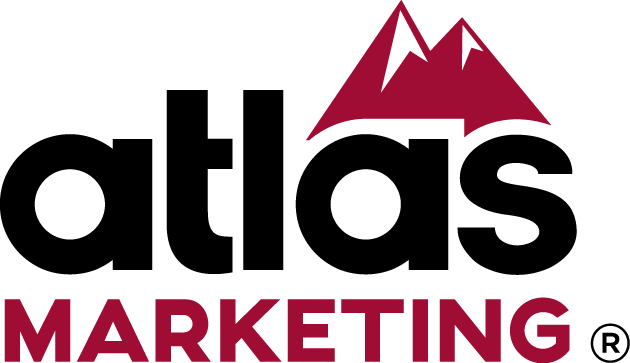Using Technology For The Right Reasons, Not Just Because It’s Cool

In the not so distant past, technology was a means to an end and a tool to make your job easier. Now, it is often viewed as a status symbol. Using the latest and greatest thing can give the impression that you are on the cutting edge and thus, smarter than everyone else. Whether you are deciding to use an iPhone or an Android or buy a Prius or a Tesla, the cool factor is always present. However, when it comes to decisions that impact your business, the process must be more strategic and analytical.
The following will help you assess if you are making the right choices that will keep your bottom line in the black.
Form vs. Function
This comes down to that age-old question, ‘Is it better to be pretty or smart?’ Consumers want products and services that not only meet their needs but appeal to their senses, so form and function are not mutually exclusive. Bells and whistles are great, but if it looks cool but doesn’t work, there’s the chance the end user will be alienated or lost. Also, too many features may make you look like the ‘wizard behind the curtain’ trying to hide something. That doesn’t mean cool options are out – just make sure that any choice maintains a balance between design and function.
Cost vs. Objective
While something may be splashy and exciting, is it really hitting the right audience? Say your CEO wants an integrated ad campaign that runs on a billboard in Times Square with the rationale that the biggest market will net the biggest impact. Great, but your company’s target audience is in Dallas. The cost to run this campaign will be substantial and the ROI could be minimal. Is it cool to have an ad in Times Square? Yes. Does it meet the objective? Not in this scenario. Creating value through due diligence determines if the choice is the right one. Providing a well-developed plan that diagrams the expected ROI from a variety of options will allow your leader to make an informed choice that justifies the investment and makes you look like a hero.
Ease of Use
Ultimately, no matter what the tool is, if the target audience cannot easily use it, it won’t work. Creating something so complex it requires an instruction book is not going win business. It puts undue pressure on your audience to invest time learning the technology and forces them to be organized enough to do so easily. This is where the KISS (Keep It Simple, Stupid) Principle comes into play. Simplicity works so your customer doesn’t have to.
Technology for the sake of technology can actually work but when it doesn’t, it really doesn’t. Truly knowing your customers’ needs requires looking beyond the obvious to fully understand the range of choices. Make sure you are taking into account all of the possible choices and use them strategically to effectively engage customers and take your company to the next level. When you’re close to a project, it can be hard to be objective, and that’s where an outside perspective can help. A fresh outlook can assess the situation to identify options that positively affect your bottom line.
This article was previously written by Chris Martin and appeared in TEQ Magazine.
